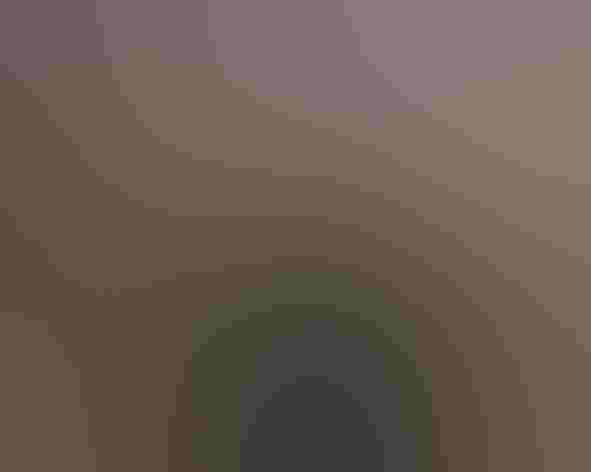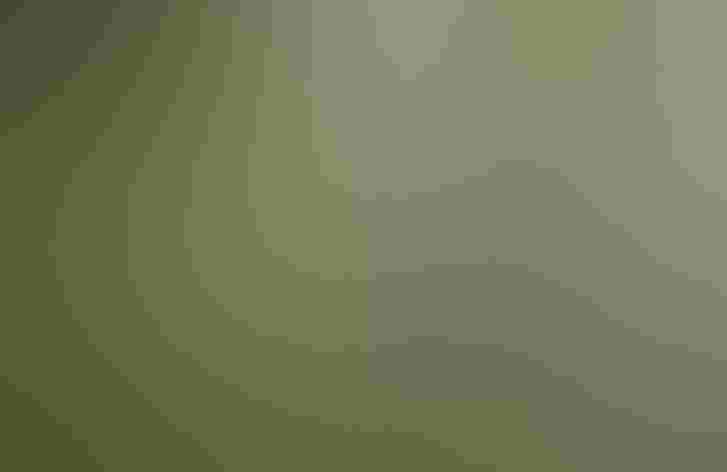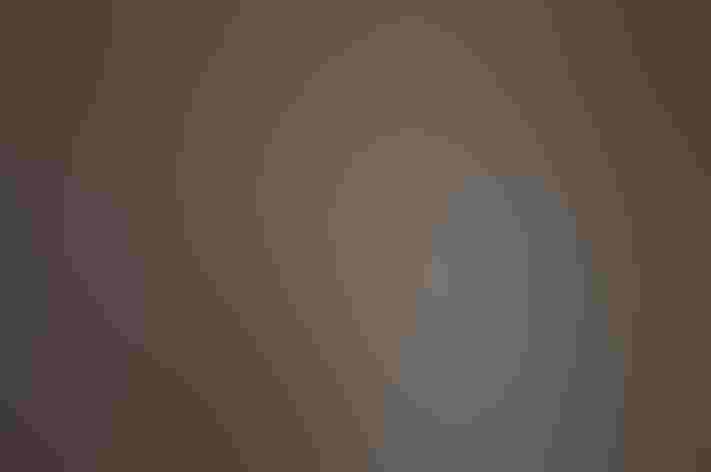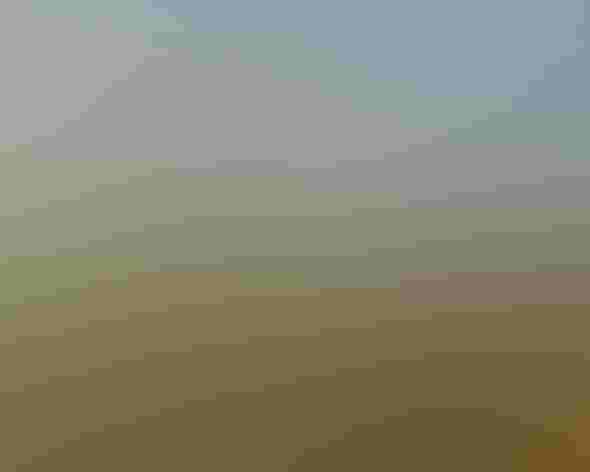Red-tailed Hawk
At a Glance
This is the most widespread and familiar large hawk in North America, bulky and broad-winged, designed for effortless soaring. An inhabitant of open country, the Red-tailed Hawk is commonly seen perched on roadside poles or sailing over fields and woods. Although adults usually can be recognized by the trademark reddish-brown tail, the rest of their plumage can be quite variable, especially west of the Mississippi: Western Red-tails can range from blackish to rufous-brown to nearly white.
All bird guide text and rangemaps adapted from by Kenn Kaufman© 1996, used by permission of Houghton Mifflin Harcourt Publishing Company. All rights reserved.
Category
Hawk-like Birds, Hawks and Eagles
IUCN Status
Least Concern
Habitat
Coasts and Shorelines, Desert and Arid Habitats, Fields, Meadows, and Grasslands, Forests and Woodlands, Landfills and Dumps, Saltwater Wetlands, Shrublands, Savannas, and Thickets, Tundra and Boreal Habitats, Urban and Suburban Habitats
Region
Alaska and The North, California, Eastern Canada, Florida, Great Lakes, Mid Atlantic, New England, Northwest, Plains, Rocky Mountains, Southeast, Southwest, Texas, Western Canada
Behavior
Direct Flight, Soaring
Population
3.100.000
Range & Identification
Migration & Range Maps
Northern Red-tailed Hawks may migrate far to the south, while many at central or southern latitudes (especially adults) are permanent residents. Most migration is relatively late in the fall and early in the spring.
Description
Female — Length: 19-26 in (48-66 cm); wingspan: 45-52 in (1.14–1.32 m); weight: 32-52 oz (900 g–1.47 kg). Male — Length: 17-22 in (43-56 cm); wingspan: 45-52 in (1.14–1.32 m); weight: 24-46 oz (690 g–1.30 kg). On most adult Red-tailed Hawks, the tail is reddish above, whitish below (color shows through in flight overhead). Juvenile's tail brown above, with dark bars. East of the Mississippi, most Red-tailed Hawks have a white chest and a dark "belly-band" of streaks. Western Red-tailed Hawks are much more variable, from pale to rust-brown to blackish. (Some, known as "Harlan's Hawks," are usually dark-bodied and have a whitish tail with dark marbling.) On all but the darkest birds, note whitish patches on the back. In flight overhead, the leading edge of the inner wing looks contrastingly dark. Study the flight silhouette of "typical" Red-tailed Hawks for comparison to other hawks.
Size
About the size of a Heron, About the size of a Mallard or Herring Gull
Color
Brown, Red, White, Yellow
Wing Shape
Broad, Fingered, Rounded
Tail Shape
Rounded, Square-tipped
Songs and Calls
High-pitched descending scream with a hoarse quality, keeeeer.
Call Pattern
Falling, Simple
Call Type
Scream
Habitat
Open country, woodlands, prairie groves, mountains, plains, roadsides. The Red-tailed Hawk is found in any kind of terrain that provides both some open ground for hunting and some high perches. Habitats may include everything from woodland with scattered clearings to open grassland or desert with a few trees or utility poles.
Sign up for Ě˝»¨ľ«Ńˇ's newsletter to learn more about birds like the Red-tailed Hawk
Behavior
Eggs
2-3, sometimes 4, rarely 1-5. Whitish, blotched with brown. Incubation is by both parents, 28-35 days.
Young
The female Red-tailed Hawk remains with young most of the time during first few weeks. Male brings most food, and female tears it into small pieces to feed to the young. After about 4-5 weeks, food is dropped in nest, and young feed on it themselves. Young leave the nest about 6-7 weeks after hatching, but not capable of strong flight for another 2 weeks or more. Fledglings may remain with parents for several more weeks.
Feeding Behavior
The Red-tailed Hawk does most of its hunting by watching from a high perch, then swooping down to capture prey in its talons. Also hunts by flying over fields, watching for prey below. Small prey is carried to a perch, and large prey is often partly eaten on the ground.
Diet
Varied, includes small mammals, birds, and reptiles. The Red-tailed Hawk diet varies with location and season. Mammals such as voles, rats, rabbits, and ground squirrels are often major prey; they also eat many birds (up to the size of a pheasant) and reptiles, especially snakes. Sometimes eats bats, frogs, toads, insects, various other creatures; may feed on carrion.
Nesting
In courtship, male and female Red-tailed Hawks soar in high circles, with shrill cries. Males may fly high and then dive repeatedly in spectacular maneuvers; they may catch prey and pass it to the female in flight. Nest site is variable. Usually in a tree, up to 120 ft above ground; nest tree often taller than surrounding trees. Also nests on cliff ledges, among arms of giant cactus, or on artificial structures such as towers or buildings. Nest (built by both sexes) is a bulky bowl of sticks, lined with finer materials, often with leafy green branches added.
Conservation
Conservation Status
Widespread and common. The Red-tailed Hawk has apparently increased in some areas since the 1960s, and numbers are now stable or still increasing. In several regions of North America, Red-tailed Hawks are adapting to nesting in cities.
Climate Threats Facing the Red-tailed Hawk
Choose a temperature scenario below to see which threats will affect this species as warming increases. The same climate change-driven threats that put birds at risk will affect other wildlife and people, too.































